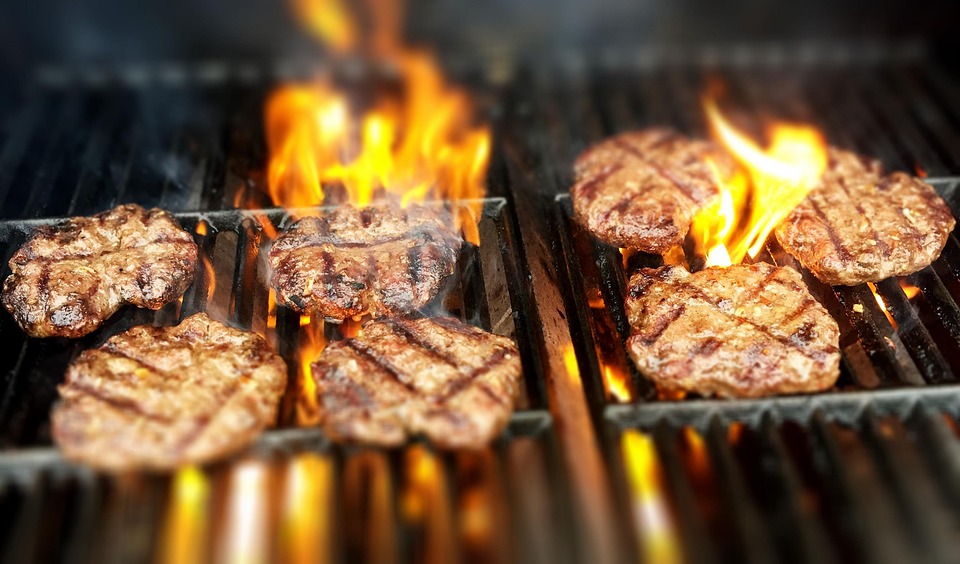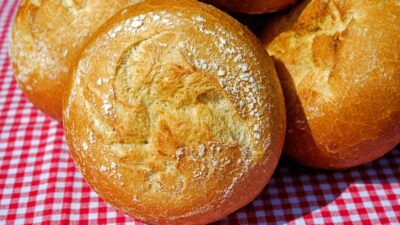Grilling is more than just a beloved pastime; it’s a culinary art steeped in science. As the flames dance and sizzle, there’s a fascinating interplay of heat, timing, and chemical reactions that transforms raw ingredients into mouthwatering meals. Understanding the science behind grilling can elevate your skills, ensuring that every steak, vegetable, and piece of seafood turns out perfectly cooked. Here’s a deep dive into the fundamental principles that govern this age-old cooking method.
The Basics of Heat Transfer
Grilling primarily involves three types of heat transfer: conduction, convection, and radiation.
-
Conduction: This is the direct transfer of heat from one solid object to another. When food touches the grates of a grill, the heat from the grate is conducted into the food, causing it to cook.
-
Convection: In grilling, convection occurs when hot air moves around the food. This is particularly relevant in indirect grilling, where the heat source is not directly under the food. The hot air circulates, cooking the food evenly.
- Radiation: Grills, especially charcoal and gas grills, produce infrared radiation. This form of energy heats food directly without having to heat the air first. The flames and glowing coals emit heat, allowing food to cook rapidly on the surface, leading to that iconic char.
The Ideal Temperature Range
Understanding the impact of temperature on various types of food is crucial. Generally, grilling can be categorized into three temperature zones:
-
Low Heat (225°F – 250°F): Ideal for slow cooking tougher cuts of meat like brisket or ribs, allowing the connective tissues to break down slowly and become tender.
-
Medium Heat (300°F – 400°F): Best for cooking chicken, sausages, and most vegetables. This temperature range strikes a balance between cooking through without burning.
- High Heat (450°F – 600°F): Essential for searing steaks and creating that much-anticipated Maillard reaction, where sugars and amino acids react to form a flavorful, brown crust.
Timing is Everything
The timing of when to flip your food, how long to leave it on the grill, and the resting period after grilling all significantly affect the final result.
Searing and Flipping
When searing meat, avoid the temptation to flip too soon. The Maillard reaction requires heat and time to develop flavor and color. For steaks, a good rule of thumb is to wait until the juices begin to surface before turning. This not only enhances flavor but ensures a better crust.
Carryover Cooking
Understanding carryover cooking is vital. Residual heat will continue to cook food even after it’s removed from the grill. Depending on the thickness, meat can rise in temperature by an additional 5°F – 10°F. This is why it’s essential to remove food from the heat slightly before it reaches the desired internal temperature.
The Right Tools for the Job
Investing in the right grilling tools can make a noticeable difference. A quality instant-read thermometer allows for precise measurements of internal temperatures, ensuring food safety while also preventing overcooking. Grilling planks, baskets, and skewers can enhance flavor and cooking style, while also providing uniformity in cooking.
Flavor Enhancement Through Smoke and Marinades
While heat and timing are critical, the addition of smoke and marinades can profoundly affect flavor profiles.
Smoke
Different types of wood produce various flavors. For instance, hickory imparts a bold flavor perfect for red meats, whereas fruitwoods like apple or cherry offer a milder, sweeter touch suitable for poultry and fish. The smoke attaches to the food during the grilling process, enhancing its overall taste.
Marinades and Rubs
Using marinades that contain acidic ingredients (like vinegar or citrus juice) can break down proteins and add flavor. Ideally, marinate your food for at least 30 minutes—longer for tougher cuts—to maximize tenderness and flavor absorption.
Conclusion
The science of grilling combines the principles of heat transfer, timing, and chemical reactions along with an understanding of flavors. By mastering these elements, anyone can elevate their grilling game to new heights. Each meal becomes not just a gathering of friends and family but a showcase of culinary craftsmanship. So, the next time you fire up the grill, remember that you’re not just cooking; you’re engaging in a scientific process that results in delicious and satisfying food. Happy grilling!



